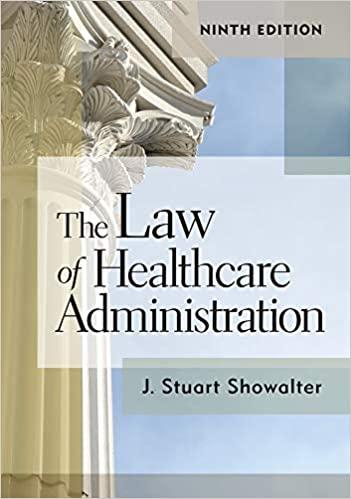The Patient Protection and Affordable Care Act adopts a series of interlocking reforms designed to expand coverage
Question:
The Patient Protection and Affordable Care Act adopts a series of interlocking reforms designed to expand coverage in the individual health insurance market. First, the Act bars insurers from taking a person’s health into account when deciding whether to sell health insurance or how much to charge.
Second, the Act generally requires each person to maintain insurance coverage or make a payment to the Internal Revenue Service.
And third, the Act gives tax credits to certain people to make insurance more affordable.
In addition to those reforms, the Act requires the creation of an “Exchange” in each State—basically, a marketplace that allows people to compare and purchase insurance plans. The Act gives each State the opportunity to establish its own Exchange, but provides that the Federal Government will establish the Exchange if the State does not.
This case is about whether the Act’s interlocking reforms apply equally in each State no matter who establishes the State’s Exchange. Specifically, the question presented is whether the Act’s tax credits are available in States that have a Federal Exchange.
Discussion Questions
a. When interpreting a statute, judges typically analyze not only the text of the law itself but also its history and purpose, other judicial decisions, and the consequences of one outcome versus another. Compare the majority opinion on King v. Burwell to Justice Scalia’s dissent as summarized in the text. In your opinion, which rationale addresses those factors more satisfactorily?
b. Can you explain the logic behind the chief justice’s holding, and is it persuasive to you?
c. Can you summarize the “death spirals” he refers to?
Step by Step Answer:






